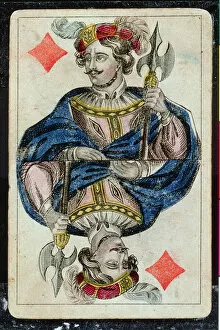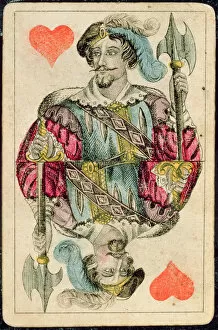Pikestaff Collection
A pikestaff is a long wooden pole with a pointed metal tip, traditionally used as a weapon in battle
All Professionally Made to Order for Quick Shipping
A pikestaff is a long wooden pole with a pointed metal tip, traditionally used as a weapon in battle. It was commonly wielded by foot soldiers and guards to defend themselves against enemies. The pikestaff's length gave the user an advantage in combat, allowing them to keep their opponents at a distance while delivering powerful thrusts. In addition to its use as a weapon, the it also had practical applications outside of warfare. It could be used for support while walking or hiking, especially on rough terrain. Farmers often used pikestaffs to help guide livestock or clear obstacles in their fields. The design of the pikestaff evolved over time, with different cultures developing variations that suited their specific needs. Some were adorned with decorative elements or inscriptions, serving as symbols of status or allegiance. Today, the pikestaff may no longer be a common sight on the battlefield, but its legacy lives on in historical reenactments and ceremonial events. Its enduring presence serves as a reminder of humanity's long history of conflict and innovation in weaponry.









